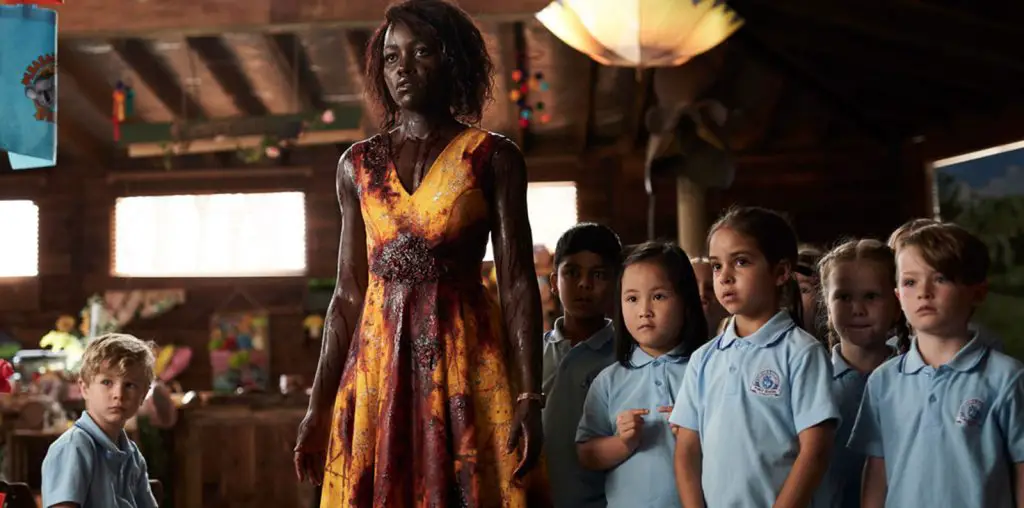
The composer Robert Schumann today is best known for his musical works. But during his lifetime, he was a well-known and well-respected music critic.
Part of what made Schumann so good was the unusual way he wrote his reviews. Rather than take an omniscient look at the performance, or say what he thought directly, he instead wrote his reviews as a series of characters who were having a conversation about the work and performance in question.
The poorer the work, the longer the conversation.
Conversely, all of his best reviews read, roughly, like this: “The audience had nothing to say tonight.”
Which brings me to “Cinerama Adventure,” a documentary so good that to talk about it too much is to undersell just how enjoyable it is.
Cinerama was, at its core, something of a parlor trick. Created by Fred Waller (who also, incidentally, invented water skis), Cinerama was designed not as a film process, but as an event. Three screens sit at the front of the theater, curved to cover the audience’s entire sightline. On the screen are images of the world – amazing ones. Shots of the inside of the Grand Canyon. A trip down a deadly set of river rapids. Aerial footage of the Seven Wonders of the World.
All set to music. All mixed in seven-channel stereo, for each individual audience.
But I’m getting ahead of myself. Cinerama originally trained gunners in World War 2.
The gunners listened to the sound of combat through a pair of headphones, and tried to “shoot down” the projections of enemy planes on the screens. Their “guns” fired beams of light that were picked up by radar behind the screen, allowing them to keep score of hits and misses.
It is estimated that 250,000 to 300,000 lives were saved in WWII because of this training.
After rescuing a quarter of a million lives, the process was declassified and set about saving cinema in America.
Movie ticket sales literally had been cut in half since the creation and mass acceptance of television. When Cinerama debuted in 1952, people saw no reason to go see a film if they could enjoy on-screen home entertainment for free.
But Cinerama changed all that, with the most obvious of means: spectacle.
The year Cinerama premiered, you could only see it in one theater, in New York. You would dress up, often in a tux or gown. There were no concessions. And that year, “This is Cinerama” was the number one film at the box office, despite the fact that it played in just one theater.
Cinerama’s cultural impact was phenomenal, despite the fact that by 1962 it was all but gone. Previous to Cinerama, almost every film was shot and shown at 1:33 aspect ratio – the same ratio as television.
As people attempted to cash in on Cinerama, all movies suddenly were being shot in widescreen. 70mm came into play, at first being billed as Cinerama, and shown in Cinerama theaters. The films “2001” and “It’s a Mad, Mad, Mad, Mad World” were marketed in this manner.
Cinerama itself became part of a massive film “war” with the former Soviets, who pioneered their own version when Cinerama kept winning awards at film festivals.
As a twentysomething, I never would have heard of Cinerama if it hadn’t been for this documentary. Cinerama died before I was born in 1976.
While the stories I’m relaying may or may not sound interesting, every last one of them is. They are told by the people who were there – Cinerama’s filmmakers and actors.
One of the most amazing tales, complete with footage, involves the camera crew flying an old bomber into the mouth of a live volcano. The pilot suffered from vertigo – and the plane’s engines croaked because of all the ash. They glided out of the volcano, at which point they barely managed to turn the engines back on.
“Cinerama Adventure” contains great deal of such Cinerama footage. Using a technique called “Smilebox,” the filmmakers have recreated what the three screens must have looked like – down to the small splits in the screen where the three film projectors would have crossed each other to simulate one big picture.
This is a perfect documentary. The stories, the people, the editing, the sheer volume of information is fascinating for all ninety-three minutes. Anyone with an interest in film history should see this. Anyone with an interest in WWII history should see this.
Anyone who’s looking for a great story about a bunch of people who did a bunch of amazing and fascinating things should see this.
This is a show for which the audience will sit still and listen.
